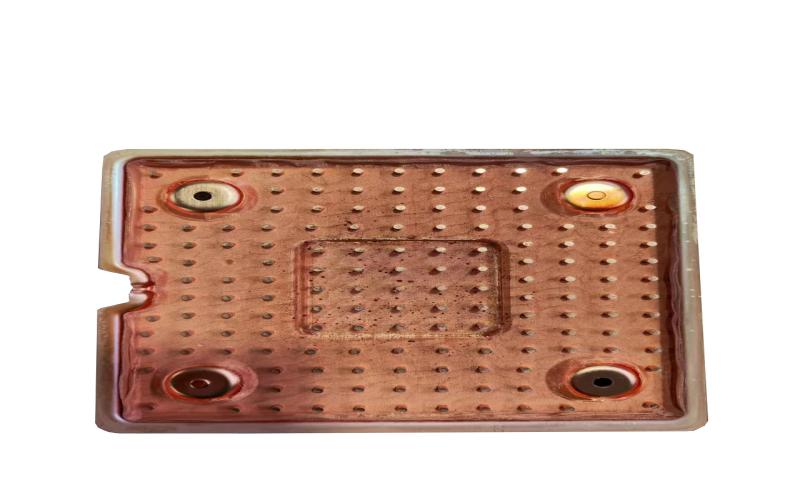How Does a Vapor Chamber Heat Sink Work?
When it comes to managing the heat generated by electronic devices, vapor chamber heat sinks have emerged as an efficient and effective solution. These advanced cooling systems have gained popularity in various industries, including electronics, aerospace, and automotive. But how exactly does a vapor chamber heat sink work? In this article, we will explore the inner workings of these heat sinks and understand the science behind their cooling capabilities.
Understanding Heat Dissipation
Before diving into the details of vapor chamber heat sinks, it is important to grasp the concept of heat dissipation. Electronic devices, such as CPUs and GPUs, generate a significant amount of heat during operation. If this heat is not effectively dissipated, it can lead to performance degradation, reduced lifespan, and even failure of the device. Heat sinks are designed to absorb and dissipate this heat, preventing any harm to the electronic components.
Introducing Vapor Chamber Heat Sinks
Vapor chamber heat sinks are a type of heat sink that utilize the principles of phase change and conduction to efficiently transfer and dissipate heat. Unlike traditional heat sinks, which rely solely on conduction, vapor chamber heat sinks offer superior cooling performance due to their unique design.
Working Principle
The working principle of a vapor chamber heat sink is based on the evaporation and condensation of a working fluid within a sealed chamber. The chamber is typically made of copper or aluminum and contains a small amount of the working fluid, such as water or ethanol. This fluid is chosen for its high thermal conductivity and low boiling point.
Evaporation and Heat Absorption
When the electronic device generates heat, the temperature rises within the vapor chamber. This causes the working fluid to evaporate, transforming from a liquid to a vapor state. As the fluid evaporates, it absorbs a significant amount of heat from the electronic components, effectively cooling them down.
Phase Change and Heat Transfer
As the vapor rises within the chamber, it reaches the cooler regions of the heat sink where the temperature is lower. Here, the vapor begins to condense back into its liquid state, releasing the absorbed heat in the process. This phase change from vapor to liquid facilitates efficient heat transfer within the heat sink.
Conduction and Heat Dissipation
Once the working fluid condenses, it flows back to the hotter regions of the heat sink through capillary action. This continuous circulation of the working fluid ensures that heat is effectively transferred from the electronic components to the outer surface of the heat sink. The heat is then dissipated into the surrounding environment through conduction, convection, and radiation.
Advantages of Vapor Chamber Heat Sinks
Vapor chamber heat sinks offer several advantages over traditional heat sinks, making them a popular choice in demanding applications:
- Efficient Cooling: The phase change and conduction-based heat transfer mechanism of vapor chamber heat sinks enable efficient cooling of electronic components.
- Uniform Temperature Distribution: Vapor chamber heat sinks help maintain a more uniform temperature across the surface of the heat sink, reducing hot spots and preventing thermal throttling.
- Thin and Lightweight: These heat sinks can be designed to be thin and lightweight, making them suitable for space-constrained environments.
- Customizable Designs: Vapor chamber heat sinks can be customized to fit specific electronic devices, optimizing their cooling performance.
Applications of Vapor Chamber Heat Sinks
Vapor chamber heat sinks find applications in various industries where efficient heat dissipation is crucial. Some of the common applications include:
- High-performance CPUs and GPUs in gaming computers and workstations
- LED lighting systems
- Aerospace and aviation electronics
- Automotive electronics
- Power electronics
Conclusion
Vapor chamber heat sinks have revolutionized the way heat is managed in electronic devices. By leveraging the principles of phase change and conduction, these heat sinks offer superior cooling performance and help prevent overheating. With their efficient heat dissipation capabilities and customizable designs, vapor chamber heat sinks have become a reliable solution for cooling high-performance electronic components.

